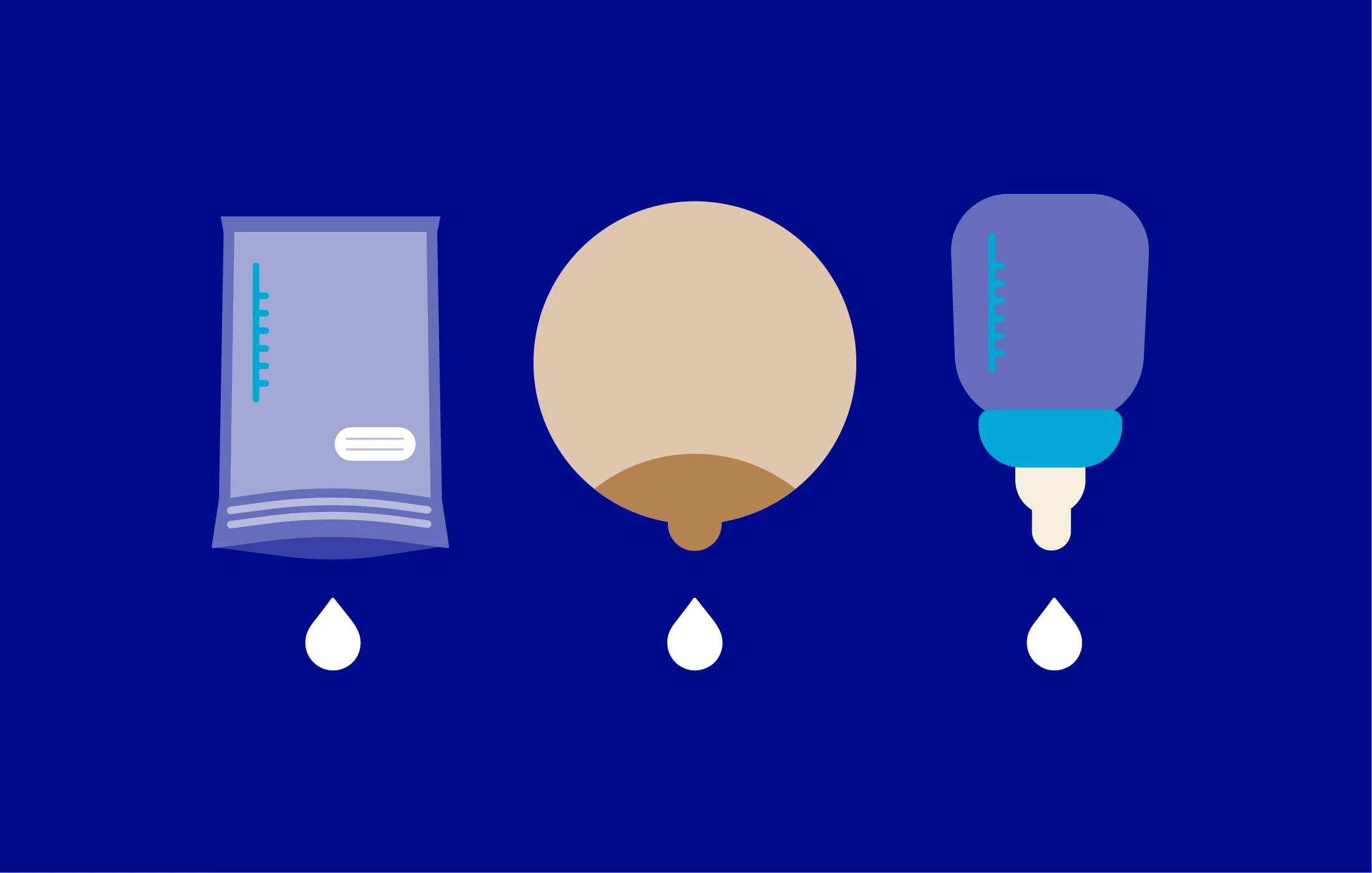The History of Breastfeeding
Women have been breastfeeding babies for...well, since the dawn of time. Yet there’s still stigma around breastfeeding in public and many breastfeeding employees still lack the support they need to pump at work. Why is a natural human function—that literally sustains life—so controversial? Why is breastfeeding support for working mothers so slow? The history of breastfeeding has been shaped by shifting cultural norms and reflects the quest for substitutes—for breast milk and for breasts. Enjoy this condensed history of human infant feeding—breast, bottles, and formula—through the ages.
“6 million years ago
Homo sapiens evolve. Breastfeeding ensues. ”
“2.6 million years ago
Homo sapiens discover tools and usher in the stone age. Mothers breastfeed babies.”
“1.5 million years ago
Humans discover fire. Mothers breastfeed babies.
”
“2000 BCThe first bottles made of clay vessels are used to feed motherless babies animal milk. Mothers still breastfeed babies.”
“1300-1600
Aristocratic women hire wet nurses—often poor women—to nurse their babies for them. So some mothers breastfeed and some nurse other mothers’ babies too.
”
“1770
A better bottle is invented. The “bubby-pot” is a pewter vessel with a spout for cow’s milk.”
“1845
The rubber nipple is created, making it easier for babies to drink alternatives to breast milk—mostly cow’s milk.
”
“1854
Inventor Orwell H. Needham files the first patent for a manual breast pump, which relies on bellows and flexible tubing to collect expressed breast milk.
”
“1865
The first infant formula is developed by chemist Justus von Liebig. Made from cow’s milk, wheat and malt flour, and potassium bicarbonate, it’s considered nutritionally complete. ”
“1923
The Abt pump—the first electric pump, designed after a cow-milking machine—is introduced to feed premature infants breast milk in the hospital.
”
“1924
Similac—invented by Alfred W. Bosworth at Harvard Medical School, and Alfred Bosworth of Tufts University—is introduced as a formula with a composition closer to breast milk.
”
“1956
Breastfeeding is considered old-fashioned and formula is believed to be superior to breast milk. Many doctors encourage mothers to wean early or stop nursing altogether. Two women in Illinois start La Leche League as a grassroots group to help new moms breastfeed.
”
“1977
World leaders boycott Nestlé, the largest producer of formula, as a rise in global infant mortality rates is attributed, in part, to feeding babies formula made with contaminated water.”
“1991
Medela sells the first hospital-grade pump so moms can go back to work and continue to feed their babies breast milk. ”
“2010
A new amendment to the federal Fair Labor Standards Act—requires employers to provide private (non-bathroom!) lactation spaces for non-exempt (hourly) breastfeeding employees.”
“2013
Mamava places the first freestanding lactation pod in Burlington International Airport in Vermont.
”
“2018
Utah and Idaho legalize breastfeeding in public. For the first time in history, breastfeeding in public is legal in ALL 50 states.”
“2019
California passes a comprehensive lactation accommodation law requiring all employers to provide all breastfeeding employees with a clean, safe lactation space close to employees’ work spaces. ”
“2022
The Providing Urgent Maternal Protections for Nursing Mothers Act (known as the PUMP Act) is signed into federal law and expands workplace breastfeeding protections to almost ~9 million more women. ”
“2030*
Federal and state laws protect every breastfeeding parent’s right to workplace lactation accommodations, paid family leave, and universal childcare.”
* Let’s make it happen
References
A brief history of La Leche League International. La Leche League.
Aron, N. R. (2018). Restraints, hallucinations, and forgotten pain were the norm on midcentury maternity wards. Timeline.
Stone Tools: What does it mean to be human? Smithsonian Museum of Natural History.
Boycott of Nestle to Resume. (1988). New York Times.
Lawton, G. (2016). Every human culture includes cooking—this is how it began. NewScientist.
Needham, O.H. (1854). Breast-Pump Patent. Google Patents.
Lepore, J. (2009). Baby Food. The New Yorker.
Martucci, J. (2013). Breast Pumping. AMA: Journal of Ethics. Virtual Mentor. 2013;15(9):791-797. doi: 10.1001/virtualmentor.2013.15.9.mhst1-1309.
Schuman, A. J. (2003). A concise history of infant formula (twists and turns included). Contemporary Pediatrics.
Scott, A.C. (2018). When Did Humans Discover Fire? The Answer Depends on What You Mean by ‘Discover.’ Time.inc.
Stevens, E. E., Patrick, T.E., Pickler, R. (2009). A History of Infant Feeding. J Perinat Educ. Spring; 18(2): 32–39. doi: 10.1624/105812409X426314
Mamava designs solutions to empower breastfeeding and pumping parents on the go, like our freestanding lactation pods, Mamava’s lactation space locator app, and other helpful resources.
More breastfeeding resources























